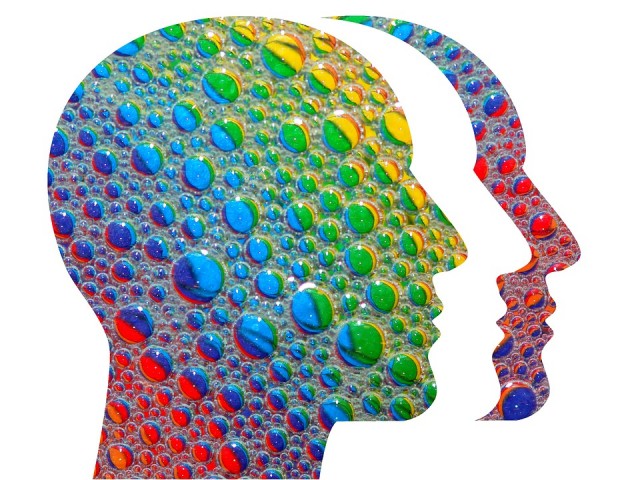With a vast wealth of colour branding research emerging over recent years it’s easy to become overwhelmed with an overload of information.
When this happens it’s always worth looking at what approach other brands take to colour choice in their branding decisions.
That’s why this latest colour psychology infographic from Towergate Insurance is so useful: it actually breaks down how top performing brands use colours within their own individual sectors.
This is particularly useful for home-based businesses and entrepreneurs who don’t have an army of design experts and marketeers on hand to pore over every element of brand construction. For home business owners without the funding to employ a graphic design specialist, an online tool such as ZenBusiness can be used to quickly and easily create a logo that will build brand recognition for your business.
When designing your logo, consider Towergate’s infographic to determine which colour will work best for what you are trying to convey with your business. The Towergate study looked at the top 20 brands across 26 different sectors from retail to real estate, consumer finance to courier services.
Some of the key takeaways from their research include:
- 80% of visual information relates to the impact colour has on our psychological responses.
- Each sector has a strong colour preference based on the perceived psychological impact certain colours have on consumers.
- Different colours have different meanings and resonances depending on the sector.
Cases in point
In Apparel and accessories, orange is thought to exude confidence (Hermes), and black is considered to be the height of sophistication (Chanel).
In Auto and truck manufacturing, silver conveys quality and luxury (Toyota), whilst red conveys masculinity (Audi).
Context
Colour psychology is all about context, with different colours having different associations in different sectors. Towergate’s colour infographic reflects this tendency.
In Communications equipment, blue connotes clarity of communication (Nokia) whereas in Home improvement, blue communicates relaxation (The Range).
In contrast to black exemplifying sophistication in Apparel, it exudes confidence in Communications (Laird PLC).
Whist sectors have their own strong colour preferences, there are some colours that may have a negative impact in certain contexts. It’s probably not surprising that none of the top-hitting Pharmaceutical companies use black, which can have connotations of death or evil.
By way of contrast, black is an extremely popular colour choice in Apparel and Accessories where it is seen a fashionable and elegant colour, as well as in Broadcasting and cable where it conveys confidence and power.
Under the hood of colour psychology
So why is colour such an important factor in business branding?
84% of consumers say that colour is the primary reason they purchase a product. This is proof that colour has a huge psychological impact on consumer decisions. That is not to say that colours have fixed meanings, per se. In fact, research seems to show that snap judgements are made about colour based on how appropriate a particular colour is in the context of the product in question. The same is true for brands, where context plays a crucial role in effective colour branding.
Conclusion
When all is said and done, there’s no mathematical formula for getting it right when it comes to choosing the right colours for your brand. With that said, it’s worth taking the time to familiarise yourself with the data revealed in this infographic and to follow some of the links provided. Ultimately it is up to you to make the decision you think is right for your brand in your own unique context. There’s no substitute for your own insight and creativity, but when you are up-to-date with the most reliable research you are in a much better position to make an informed decision.
Find a Home-Based Business to Start-Up >>> Hundreds of Business Listings.

















































